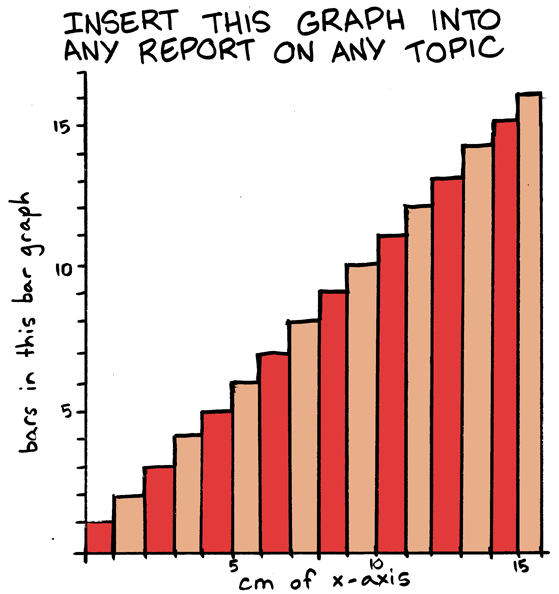 |
| From "Avengers: Endgame" - The Incredible Hulk is irritated at having to use the stairs in a tall building because he is too heavy for the elevator. |
- The attachment nodes marking its ends must point roughly toward one another, as opposed to away from each other or one pointing toward the other while the other points away.
- The attachment nodes must exist in the same horizontal plane - there can be no "elevation" between them, save for a small amount specified by a "linear tolerance" variable.
- The attachment nodes are assumed to both have their local "up" directions be vertical, i.e. equivalent to the global Y axis. Deviation from this state leads to increasingly unpredictable behavior and usually causes the bridge to fail to generate.
This is nice and all for a flat, two-dimensional road network as seen in the previous entry, but virtual worlds tend to be more interesting when the terrain has vertical depth. Perhaps there is a building atop a hill and I want a road that leads to it from the bottom of the hill, or there is a sidewalk leading to a basement or second-floor doorway and I want it to have a staircase to address the vertical displacement. Also I may want the option of building tilted bridges that aren't aligned with the global horizontal plane and vertical axis for whatever reason.
Thus, with the basic system hammered out and made vaguely dependable, my next task was to improve its capabilities, starting with the ability to work at any arbitrary orientation. It took, unsurprisingly, a bit more work than I had hoped or expected, but wasn't terribly difficult, and along the way it afforded me opportunities to examine the logic and make adjustments in anticipation of future changes (such as how to position the "elbow" of the bridge when there is a vertical displacement, explained further below). Soon I had a bridge that worked normally at a nice wonky angle, as long as the end nodes' local "up" directions were parallel (within an "angular tolerance") and there wasn't much "vertical" displacement along this shared direction.
Next I had to focus on changes to accommodate the likely case that there was in fact a significant vertical displacement. I figured that the best place to put stairs should always be within whichever straight "leg" of the bridge is longer, so I figured out a strategy for identifying this leg (using more trigonometry), then I drafted a bit of code to incrementally eliminate vertical displacement. Along the way I took some time to refactor the existing code to remove duplicate code (for the first time having fun using local functions).
Since at this point vertical displacement was eliminated simply by offsetting straight horizontal segments, the bridge had unsightly gaps rather than proper stairs, so naturally building some staircase prefabs and incorporating them into the algorithm was my next task. I had previously designed my telescoping prefab code to be useful for staircases via having "primary" and "secondary" extension axes - a prefab could extend to eliminate an offset along its primary axis, but in so doing it would extend along its secondary axis as well. For instance a staircase could adjust its height to reach a platform, but it would also extend forward and thereby maintain its slope. For the time being, though, I simplified the problem by making staircase prefabs with only a single step that only extended vertically.
- Determine whether a bridge can be formed, and if so, store information about its geometry in a container class.
- Identify which end of the bridge is oriented at a greater angle to a straight line connecting the two ends and begin construction at this end.
- Chain flexible prefabs together to eliminate half of the angle between the two ends.
- Duplicate this first chain and align it with the "elbow" position defined within the bridge's geometry data.
- Fill the gap between the first chain and the elbow chain using straight prefabs and stair prefabs if necessary.
- Fill the gap between the elbow chain and the final end of the bridge.
Steps 5 and 6 are done using a local function that accommodates vertical displacement between the starting and ending positions of the gap:
- If there is any vertical displacement, stack staircase prefabs until the vertical displacement is eliminated.
- Stack straight prefabs to eliminate the remaining horizontal distance.
The elbow is always positioned such that the longer leg of the bridge will include all of the vertical displacement, meaning that only the gap within the longer leg will contain stairs.
For the moment, "fixed" straight segments are available and can be used to fill most of the gap before using a final telescoping segment at the end, but there is not yet any such dichotomy of fixed and adjustable stair segments, which I intend to implement later. As it stands for now, the bridge generator now has the capability to connect attachment nodes at a much wider variety of positions and orientations in 3D space, which should make it much more effective in conjunction with procedural level generators I create in the future and with my chunk system. Unfortunately, I'm not completely out of the woods yet...

















































